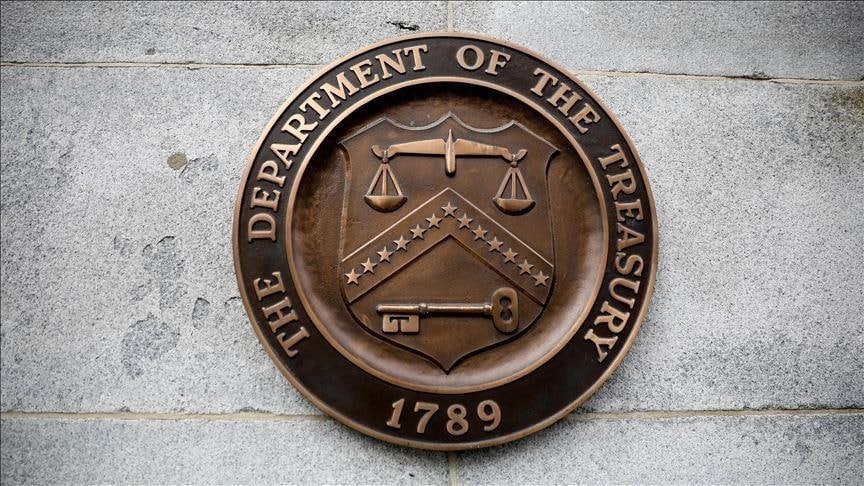
In a significant development for the cryptocurrency industry, regulators in the United States have reintroduced a proposed bill aimed at addressing the regulation of digital assets. The new legislation introduces a fresh terminology to categorize and regulate cryptocurrencies, demonstrating a proactive approach to understanding and adapting to the evolving landscape of digital finance. This move highlights the growing recognition of the importance of clear regulatory frameworks for the emerging asset class.
Reintroduction of the Bill:
The reintroduction of the bill follows extensive discussions and consultations with industry experts and stakeholders. The new legislation, titled the Digital Asset Regulatory and Consumer Protection Act (DARCPA), aims to strike a balance between fostering innovation and protecting consumers. By updating the terminology used to describe digital assets, regulators are striving to create a more comprehensive and precise framework that can adapt to the rapidly evolving crypto industry.
The importance of clear regulatory frameworks
Regulatory clarity is essential for the healthy growth of any industry, and the cryptocurrency market is no exception. The reintroduction of the DARCPA reflects a broader recognition among policymakers that embracing digital assets requires a well-defined regulatory environment. Christopher Giancarlo, former chairman of the U.S. Commodity Futures Trading Commission (CFTC), emphasized the significance of regulatory frameworks, stating:
Clear and thoughtful regulation will provide the necessary foundation for the continued development and adoption of digital assets.
New terminology and categorization
The DARCPA introduces a new terminology to classify digital assets into three distinct categories: digital currencies, digital commodities, and digital securities. This classification aims to provide a clearer understanding of different types of digital assets and their corresponding regulatory requirements. The bill’s sponsors argue that the existing legal framework is ill-suited to address the unique characteristics of cryptocurrencies, leading to uncertainty and hindering innovation.
Industry response
Industry leaders have responded positively to the reintroduction of the bill, highlighting the potential benefits of a more defined regulatory landscape. Michael Sonnenshein, CEO of Grayscale Investments, welcomed the move, stating:
A clear and comprehensive regulatory framework will not only ensure investor protection but also encourage responsible innovation in the digital asset space.
This sentiment is shared by many in the industry who believe that clear regulations can foster confidence and attract institutional investors.
Consumer protection and anti-money laundering measures
The DARCPA emphasizes the importance of consumer protection and anti-money laundering (AML) measures. The legislation calls for enhanced transparency and reporting requirements to mitigate risks associated with illicit activities. These measures aim to address concerns raised by regulators and critics regarding the potential misuse of digital assets for money laundering and other illicit purposes.
Global implications
The reintroduction of the bill in the United States is likely to have global implications. The international nature of cryptocurrencies demands a coordinated regulatory approach across jurisdictions. By setting a precedent for clear and comprehensive regulations, the United States can encourage other countries to follow suit. This harmonization of regulatory frameworks can facilitate cross-border transactions and provide greater certainty for businesses operating in the global cryptocurrency market.
Going forward
The reintroduction of the Digital Asset Regulatory and Consumer Protection Act marks an important step towards establishing a clear and comprehensive regulatory framework for digital assets in the United States. By introducing new terminology and classification, regulators aim to adapt to the evolving crypto landscape and foster responsible innovation while ensuring consumer protection. The bill’s reintroduction has received positive feedback from industry leaders, highlighting the potential benefits of clear regulations in attracting institutional investors. As the global cryptocurrency market continues to expand, establishing well-defined regulatory frameworks will be vital to foster trust, protect consumers, and drive responsible growth in the digital asset ecosystem.